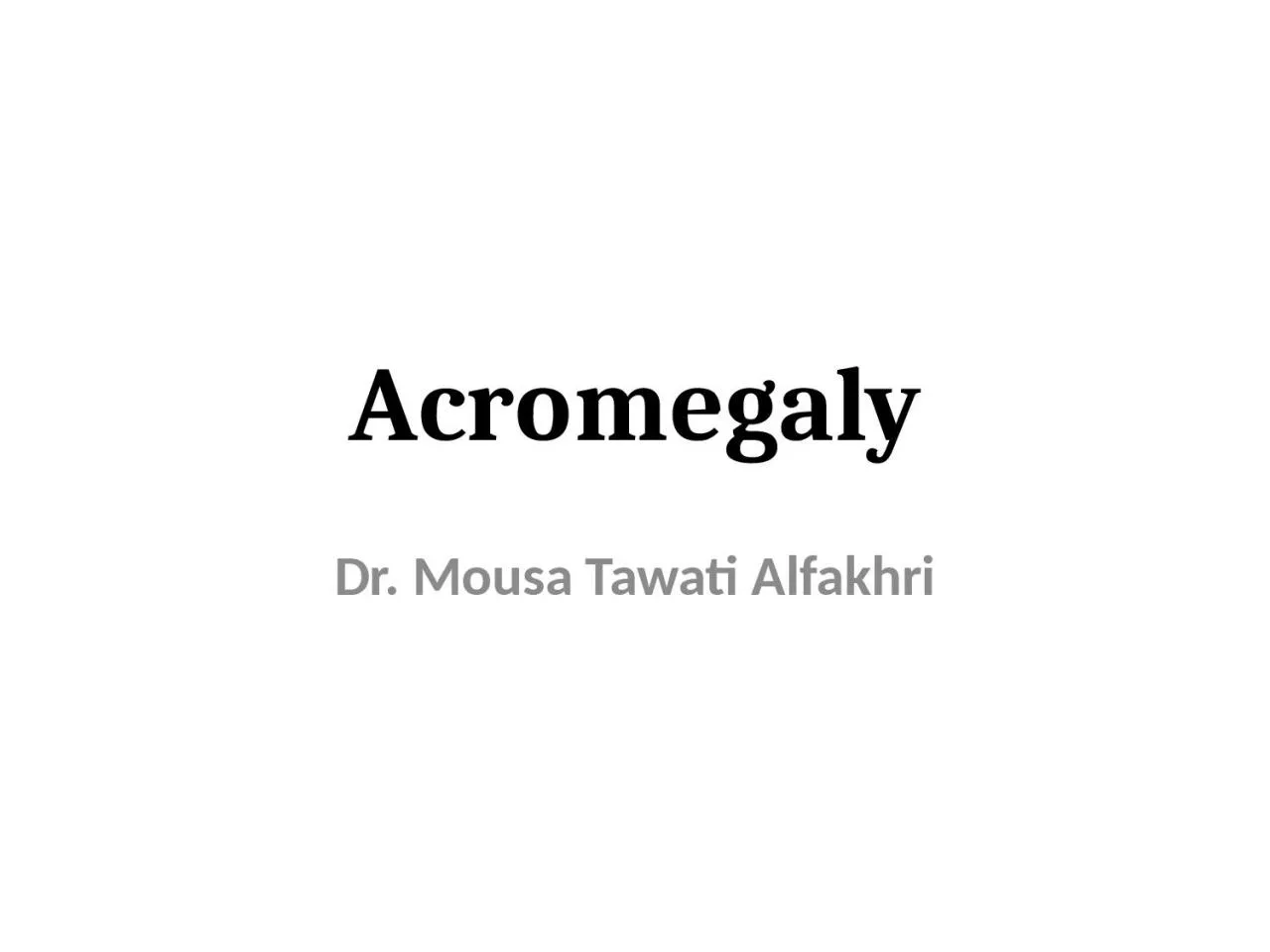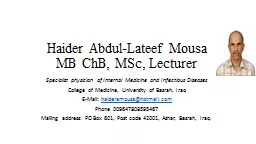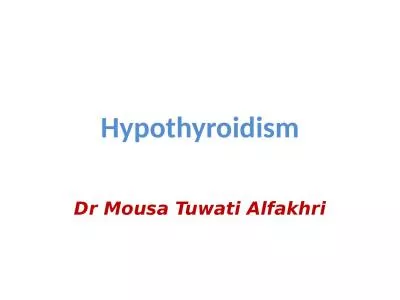PPT-A cromegaly Dr. Mousa Tawati Alfakhri
Author : winnie | Published Date : 2023-07-05
Acromegaly is caused by axcess growth hormone GH secretion due to a GH secreting pituitary tumour somatotroph adenoma usually a macroadenoma GH excess
Presentation Embed Code
Download Presentation
Download Presentation The PPT/PDF document "A cromegaly Dr. Mousa Tawati Alfakhri" is the property of its rightful owner. Permission is granted to download and print the materials on this website for personal, non-commercial use only, and to display it on your personal computer provided you do not modify the materials and that you retain all copyright notices contained in the materials. By downloading content from our website, you accept the terms of this agreement.
A cromegaly Dr. Mousa Tawati Alfakhri: Transcript
Download Rules Of Document
"A cromegaly Dr. Mousa Tawati Alfakhri"The content belongs to its owner. You may download and print it for personal use, without modification, and keep all copyright notices. By downloading, you agree to these terms.
Related Documents





